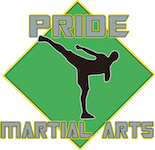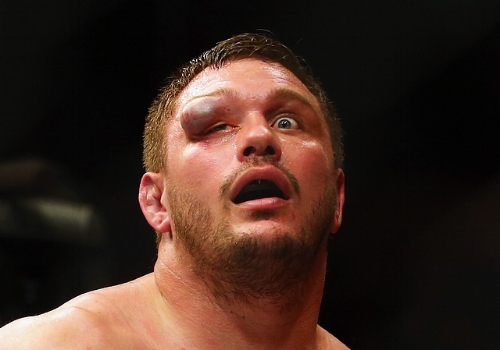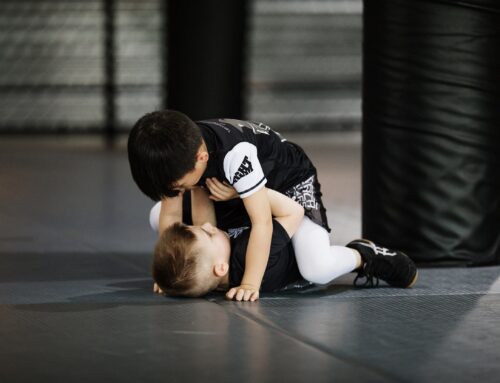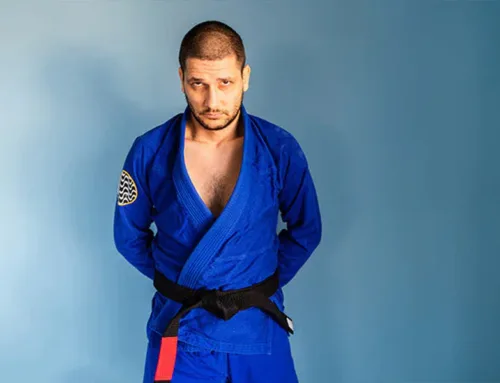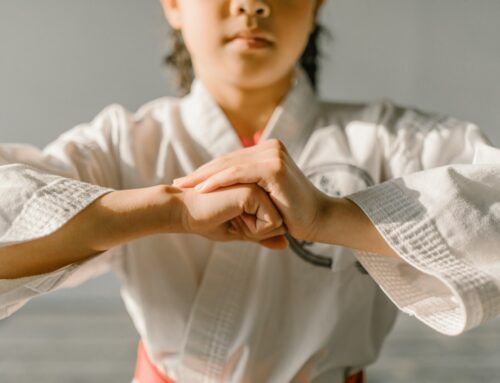Mixed martial arts is an exciting and intense way to get fit, but it can also lead to injuries if you’re not careful. Understanding the most common injuries and how to prevent them is crucial for anyone involved in adult MMA. Whether you’re an experienced fighter or new to the sport, injury prevention should always be a top priority.
Injuries in MMA can range from mild sprains to more serious issues like fractures. These injuries can slow down training progress and, at times, take a long time to heal. By knowing what to watch out for, you can keep yourself safe and continue enjoying the sport you love.
Learning proper techniques and warming up correctly play significant roles in keeping injuries at bay. Prevention not only ensures your safety but also helps you train more effectively. This guide will help you navigate common MMA injuries and teach you how to protect yourself, ensuring a longer, healthier martial arts journey.
What are the Most Frequent Injuries in MMA?
In mixed martial arts, athletes push their bodies to the limits, resulting in a variety of injuries. The intense physical contact can lead to common injuries that fighters encounter regularly. Sprains and strains are very frequent due to the dynamic and fast-paced nature of MMA. These happen when muscles or ligaments are overstretched or torn, often in the ankles, wrists, or knees. Additionally, fighters may suffer from fractures, which are breaks in bones usually caused by high-impact blows or falls. Dislocations occur when bones are forced out of their normal positions, particularly in the shoulders and fingers, due to grappling and throwing techniques.
Understanding these injuries and their causes helps fighters be better prepared in preventing them. Staying educated on what might happen during training or competition allows fighters to take necessary precautions and avoid lengthy downtime from injuries.
Why Injury Prevention Is Important
Preventing injuries is crucial for anyone participating in MMA. Not only does it help maintain peak physical condition, but it also ensures that training regimens aren’t interrupted by time off due to recovery. Taking steps to prevent injuries keeps fighters safe and enhances their overall performance. It enables consistent training, allowing athletes to focus on skill advancement without setbacks.
Injury prevention strategies also promote long-term health, preventing the development of chronic issues that arise from repeated injuries. Optimally, fighters want to enjoy the sport throughout their lives without enduring lasting effects. Simple actions like proper techniques, appropriate gear, and following safety guidelines can make a significant difference in preserving their health and enjoyment of MMA.
Common Injuries in Adult MMA
Sprains and Strains
Sprains and strains are among the most common injuries in adult MMA, often resulting from improper technique or sudden movements. A sprain involves stretching or tearing ligaments that connect bones at a joint, while a strain affects muscles or tendons. In MMA, these injuries frequently occur during grappling, where fast directional changes can strain the body. Poor warm-up routines and inadequate stretching can further increase the risk. It’s important for fighters to listen to their bodies and not push through pain, as continuing can worsen the injury.
Prevention includes thorough warm-ups and learning correct posture to reduce pressure on vulnerable joints during movements. Wearing supportive gear like ankle and wrist braces may also help prevent sprains.
Fractures and Dislocations
Fractures and dislocations are more severe injuries seen in MMA fighters. A fracture is a break in the bone, usually caused by impact from a hit or fall. Bones like the hands, feet, and ribs are particularly prone to fractures. Dislocations involve bones being pushed out of their sockets, often occurring in high-contact situations. Shoulder and finger dislocations are common due to strikes and grappling holds.
Preventing fractures and dislocations involves using proper techniques and avoiding reckless moves that put unnecessary stress on bones and joints. Fighters should always wear proper protective gear and ensure that safety measures are observed to reduce these risks. Additionally, strengthening exercises can support bones and joints, making them more resilient against the physical demands of MMA.
Tips for Preventing MMA Injuries
Proper Warm-Up and Stretching Techniques
Warming up and stretching are essential steps in preventing injuries in MMA. These practices prepare the body for intense activity and help maintain flexibility. A good warm-up increases blood flow to the muscles, improving performance and reducing the risk of strains. Simple activities like jogging or jumping jacks gradually increase heart rate and prime muscles for action. Stretching should target all major muscle groups, focusing on areas most engaged during MMA like shoulders, hips, and legs.
Dynamic stretching, which involves movement like arm circles or leg swings, is particularly effective before training. It enhances flexibility and maintains range of motion. Ensuring that these routines are part of every training session helps keep the body agile and ready for demanding activities.
Importance of Correct Form and Technique
Using correct form and technique is fundamental in avoiding injuries. Proper form helps distribute the body’s weight evenly, reducing stress on bones and joints. Coaches emphasize learning and practicing techniques in a controlled environment before increasing intensity. Staying focused on posture and alignment during training prevents unnecessary strain and enhances performance.
Fighters should also prioritize learning defensive techniques, which allow them to protect themselves effectively against strikes and holds. Continuous practice and feedback from coaches are crucial in mastering these skills. By regularly reviewing and refining techniques, fighters can exercise safely, prolonging their martial arts careers without compromising health.
Recovery and Care for MMA Injuries
Effective Recovery Practices
Recovery is a vital process that aids in healing and getting back to training swiftly. Rest is the most crucial part of recovery, allowing the body to repair itself. Following the R.I.C.E method (Rest, Ice, Compression, Elevation) can effectively manage sprains and strains. Icing reduces swelling and pain, while compression supports injured areas. Elevating the injury helps decrease swelling, promoting faster healing.
In addition to immediate care, incorporating activities like yoga and light stretching into recovery routines can prevent stiffness and maintain flexibility. Listening to the body’s signals is important to avoid returning to training too soon. A gradual approach to resuming activity helps prevent re-injury and ensures complete recovery.
When to Seek Professional Help
Knowing when to seek professional help is key in managing MMA injuries effectively. Severe injuries like fractures or persistent pain require medical evaluation. Pain that doesn’t improve after a few days, severe swelling, or inability to move a joint warrants professional attention. Physical therapists and sports medicine experts can provide targeted treatment and rehabilitation plans tailored to individual needs.
Prompt medical intervention not only accelerates recovery but also prevents complications. Don’t hesitate to seek help if symptoms persist, as professional guidance can make a significant difference in overcoming injuries. By prioritizing health, fighters can ensure a safe return to the sport they love.
Conclusion
In the demanding world of MMA, understanding and managing injuries is as crucial as training itself. With proper prevention techniques and effective recovery practices, fighters can minimize the risk of injury and maximize their performance potential. The journey in MMA isn’t just about the physical prowess but involves a strong focus on safety and well-being. Knowledge about common injuries and how to prevent them empowers fighters to approach their training with confidence and care.
Our Pride Martial Arts Academy is dedicated to helping martial artists train safely and proficiently. Join us and discover our comprehensive programs designed to prioritize your well-being while advancing your skills. Get started on your MMA journey with us today, where expert guidance and support await to ensure your achievements are both rewarding and safe.
